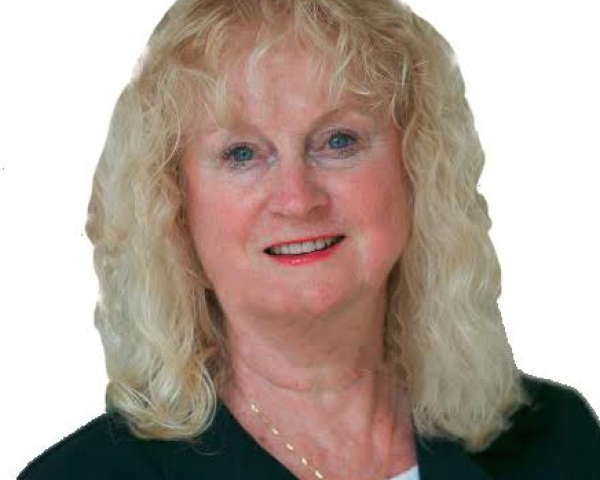In most insurance companies, it is time to take out the 2020 budget and see where line items need to move for next year. Did the claims organization meet objectives? If not, what adjustments need to be made? What technology partners were aligned with the organization at the beginning of the year? And how do those initiatives need to be moved forward?
It sounds like a reasonable place to kick off from, right? Actually, the answer is probably “no.” If 2020 claims plans are the baseline for 2021, I conjecture that this is the wrong place to start.
SMA’s recently released report, Claims Transformation Reset: The Impact of COVID-19, lays out the case for why claims transformation and claims operations have a new performance baseline because of COVID-19. In most cases, many things changed, such as work-from-home (WFH) practices and interactions with customers that are no longer being done face-to-face. The pandemic’s impact is generally part of everyone’s view, but it is still evolving daily.
It is vital for claims executives to reassess other external forces affecting claims operations to effectively plan for 2021, not the least of which are workforce evolution trends and the rapidly changing digital connected world. Much has happened in these two areas, as well as three others outlined in the report. The environment that existed when 2020 plans were developed has dramatically changed.
In particular, an area with both a ring of familiarity as well as notes of a new operating world is the claims ecosystem. Even at the most basic policy level, claims organizations have extensive ecosystems: repair shops, contractors, healthcare providers, attorneys, law enforcement and agents/brokers, and the list goes on. Most claims organizations have traditional ways of interacting with the various segments of their ecosystem. Many of the traditional methodologies may be appropriate, but totally relying on tradition can have pitfalls. Instead, a new lens needs to be applied to the claims ecosystem.
- How has the pandemic affected traditional players? Are organizations such as repair shops, independent adjusters, contractors and healthcare providers also working on a new COVID-driven playing field with related transformation initiatives? It is important that claims management reconnect with their traditional ecosystem partners and understand how innovation can improve outcomes on both sides of the transaction.
- Are there new claims ecosystem players that should become prominent components of 2021 plans? Digital payment providers became mission-critical during the pandemic, but what should the next steps be in the continuing evolution of payments? Given the pace of change, are there new data providers that can surface business insights that should figure significantly in 2021 plans?
See also: COVID-19 Sparks Revolution in Claims
Having had many years of planning experience, I recognize that this time of the year can be challenging, to say the least. However, claims organizations have experienced business-altering change more than most others within corporate insurance operations due to the pandemic. Baselines of customer and employee expectations have been reset. It is not reasonably possible to go back to the comfort of 2020 and do what has been done in years past. In a risk-averse industry, no one is fond of betting, at least from a business perspective. However, given the right set of lenses and a thorough review process, there’s a good chance that bets placed by claims management will have outcomes that “beat the house” and prove valuable.








